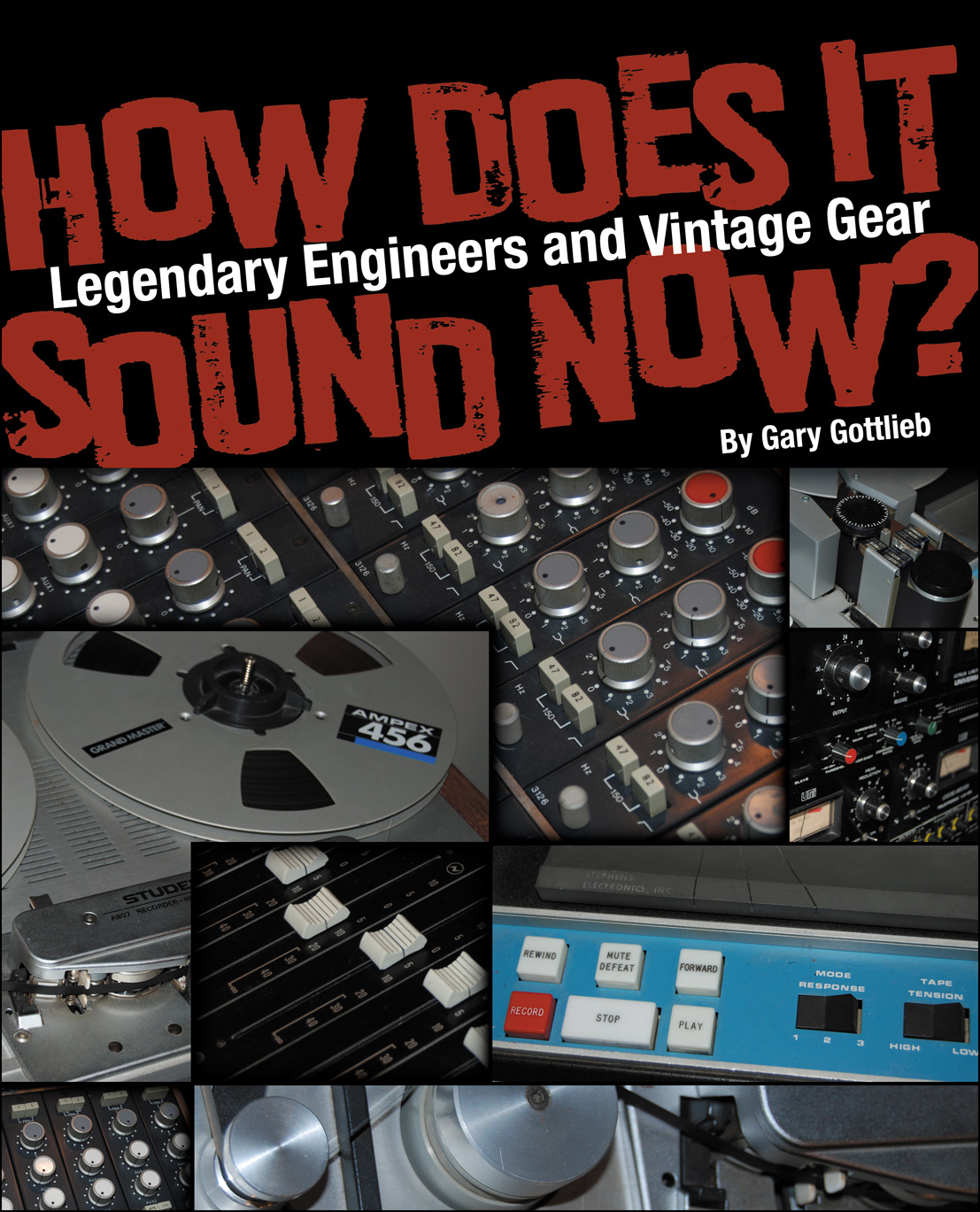|
While conducting the research for this project, interviewing industry giants ranging from Phil Ramone to Geoff Emerick to Alan Parsons to Al Schmitt, a friend suggested that I start the introduction by talking about the hundreds of millions - probably billions - of copies of albums and CDs that the 31 engineers and producers interviewed in this book contributed to throughout their combined careers. While I am confident that his math was correct, this project is about quality, not quantity. The original concept was simply interviews with engineers who made the transition through different technologies - analog to digital, wire to tape and CD to mp3. I sought to explore the methodology employed by the most successful among us when confronted with new and evolving technology. In the course of these conversations, we can't help but talk about the gear, but the real discussion that emerged was focused on how we retain quality and continue to create a product that conforms to our own high standards. This, of course, led to many other side conversations about the musicians we work with, the consumers we serve, and the differences and similarities between their standards and our own. There's a lot of good advice in these pages regarding how high your standards could be. I have the utmost respect for everyone I interviewed for this project, and I gave them a great deal of latitude. I asked some questions specific to the transitions I mentioned earlier, but I also gave them forum to speak to any aspect of the music business they chose. The discussions were very interesting and insightful, and some of them very long (imagine that, an engineer who likes to ramble on!). As previously stated this book is not about gear, yet it is a consistent side conversation throughout most of the interviews. The title of the book may need an explanation if you are unfamiliar with the story. I discussed possible titles with some students and colleagues. Barry Hufker, Professor of Audio Production at Webster University, reminded me of this Chet Atkins story, and suggested it as a title. Chet was playing his guitar when a woman approached him. She said, "That guitar sounds beautiful". Chet immediately quit playing. Staring her in the eyes he asked, "How does it sound now?" The quality of the sound in Chet's case clearly rested with the player, not the instrument, and the quality of our product ultimately lies with us as engineers and producers, not with the gear we use. I was also drawn to the dual significance of the line, “How does it sound now”, since it addresses the changes we have seen and heard as our business and methodology have evolved through the decades. Since the interviewees range in age from their 40s through their 80s, and some of them started in the business as far back as World War II, the range of experiences revealed is wide. I hope you find these opinions and thoughts, sometimes widely divergent and sometimes in complete opposition with each other, as interesting as I did. The common thread of quality is inherent in the work we all performed then and continue to perform now. Interviews with: |
|---|
